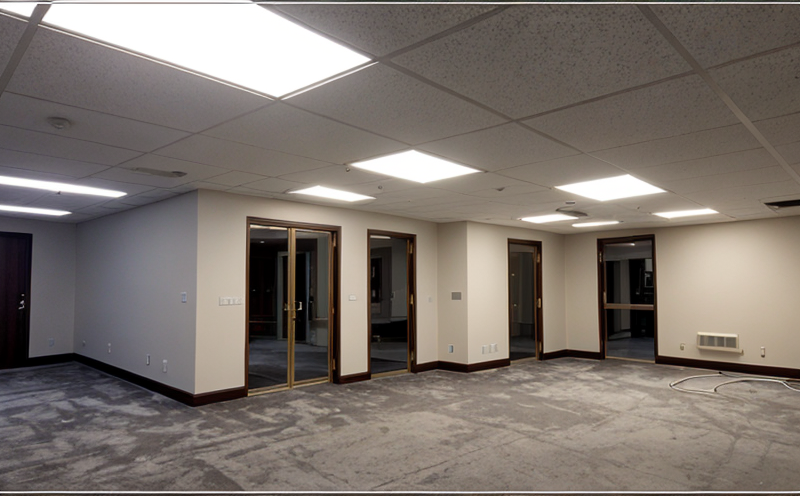IEC 61000 3-2 Harmonic Emission Testing of Decorative Lighting Systems
The International Electrotechnical Commission (IEC) 61000 series standards address electromagnetic compatibility in power systems. The specific standard, IEC 61000-3-2, focuses on the measurement and limitation of harmonic emissions from non-linear loads, including various types of lighting fixtures.
Harmonic emission testing is crucial for ensuring that decorative lighting systems do not interfere with other electrical equipment in a building. This standard helps manufacturers ensure compliance with electromagnetic compatibility (EMC) requirements by providing clear guidelines on how to measure and limit harmonic emissions. Decorative lighting, often used in architectural applications such as retail stores, office buildings, hotels, and public spaces, can generate harmonics if not properly designed or manufactured.
Compliance with IEC 61000-3-2 is essential for manufacturers aiming to sell their products internationally. Many countries have adopted these standards into national regulations, making it mandatory for exporters to meet these requirements. Failure to comply can lead to product rejection at borders or in the market, resulting in significant financial losses.
Our laboratory uses state-of-the-art equipment and follows strict protocols to perform IEC 61000-3-2 testing accurately. The testing process involves several key steps:
- Equipment Preparation: We ensure that all necessary instruments are calibrated according to ISO/IEC 17025 standards.
- Sample Preparation: Lighting fixtures undergo thorough inspection and preparation as per the standard's specifications. This includes cleaning, labeling, and ensuring that they operate under specified conditions.
- Data Collection: Using advanced measurement instruments, we collect data on harmonic emissions over a specified frequency range.
- Analysis and Reporting: Our team of experts analyzes the collected data against IEC 61000-3-2 guidelines. A detailed report is then generated, providing insights into any non-compliance issues.
The testing process ensures that decorative lighting systems meet international standards for EMC, thereby promoting a safer and more reliable power environment in buildings.
Industry Applications
- Architectural Lighting: Ensures that decorative lights do not interfere with other electronic devices used in the building's infrastructure.
- Commercial Buildings: Helps maintain a stable power environment and reduces the risk of electrical faults due to harmonic interference.
- Retail Spaces: Enhances customer satisfaction by providing a reliable lighting system that complies with international standards.
- Hospitality Industry: Guarantees safe operation in high-density electronic environments, which is crucial for guest comfort and safety.
Customer Impact and Satisfaction
Compliance with IEC 61000-3-2 not only ensures product quality but also enhances customer satisfaction. By providing harmonized lighting systems, our clients benefit from:
- Increased Product Lifespan: Harmonic emissions can cause overheating and premature failure in electrical components.
- Better Energy Efficiency: Reduced harmonic emissions lead to improved energy efficiency, which is beneficial for both the environment and operational costs.
- Improved System Reliability: Compliance with EMC standards ensures that decorative lighting operates reliably without causing interference in other systems.
Use Cases and Application Examples
| Application Scenario | Description |
|---|---|
| Retail Store Lighting: | Ensuring that decorative lighting does not interfere with point-of-sale systems and other electronic devices used in the store. |
| Office Building Decorative Lighting: | Preventing harmonic emissions from causing issues with sensitive office equipment, such as computers and network routers. |
| Hospital Lighting Systems: | Maintaining a stable power environment to ensure the safe operation of medical devices and other critical electronic systems. |





